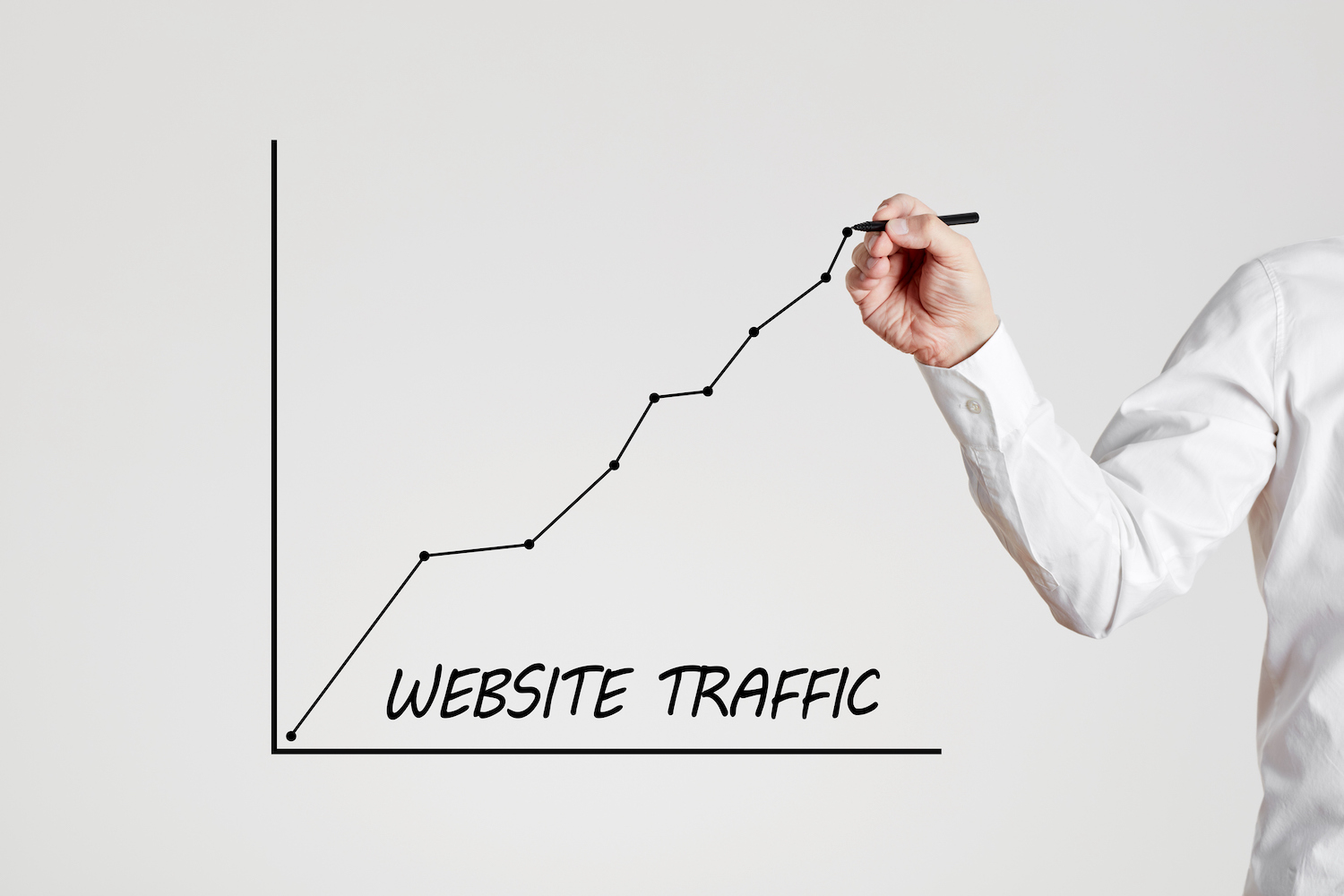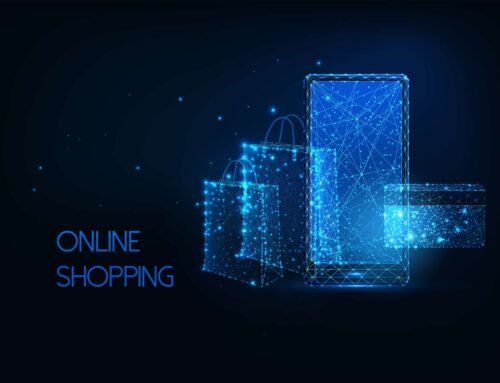In the past few years, the use of the term “landing pages” in a digital marketing and SEO context has been quite extensive. The term practically signifies a sales and marketing technique that focuses on the expansion of a business’s current consumer base, by encouraging its website’s visitors to follow a specific call to action. In the past years, digital marketing strategy integration through the usage of landing pages has been remarkably popular. This practice does not result solely from the necessity to align one’s website strategy with the current market tendencies; it is also justified by the need to overcome competition by including yet another powerful weapon in one’s digital marketing arsenal.
Being recommended to e-Commerce oriented businesses of all kinds and sizes, as much as a vast variety of businesses that offer their services online, the utilisation of landing pages is considered to be crucial for the implementation of a successful digital marketing strategy. The creation of landing pages is thought to be generally time-consuming and complex, to the point where one might begin to wonder if making landing pages a part of their digital marketing strategy is really worth the effort. For that reason, it would be useful to decode landing pages in detail by highlighting their prospective benefits, so that you can decide whether or not your website needs them and, if so, to what extent.
What is a landing page
Landing pages are standalone web pages where website traffic is being “landed” (e.g. directed) and they serve a specific purpose, which can be found in the form of a call to action. This call to action is meticulously designed so as to convert website visitors into consumers of the products or services offered through the website they are hosted by. Think of landing pages as an intermediate stage between a business owner and their prospective consumers. In this context, consumers will directly benefit from a discount, promotion, gift or even a piece of information offered on a business’s website, that will simultaneously gather new sales opportunities and thus increase its revenue. Landing pages are further divided into the following main categories:
- Click through landing pages. Those are the landing pages that will guide traffic into following this specific call to action, which will be beneficial for the business. An example of a such call to action would be being led towards the shopping cart page, in order to complete a purchase. The landing page’s content should be properly designed in accord with that call to action and the content’s clarity, plainness and comprehensiveness are essential to gain more conversions, as are the creation of a sense of urgency and the establishment of the business’s brand identity as a credible product or service provider.
- Lead generation landing pages. These focus on collecting a certain part of traffic data, such as the audience’s names and contact information (phone number and e-mail), by asking the visitors to complete a contact form. Following this process, the option to use this information in marketing activities of known value, such as a conversion-driven e-mail marketing campaign, is obtained. Reciprocity is key here, as visitors consent into the collection of their information while being tempted by a certain deal (e.g. a free of charge e-book download, contest or giveaway participation, free webinar slot and so on).
Landing page VS homepage: why are they different?
You may wonder if there is a point in directing your website’s visitors towards a landing page instead of its own homepage, as the latter contains a significantly larger amount of information that will theoretically help visitors gain a greater insight of your brand’s work. Without a doubt, the value of driving traffic towards your homepage is an enormous deal for your brand awareness. However, landing pages and homepages should definitely be distinct, on the grounds of their purpose. On one hand, your homepage should holistically represent your brand’s essence by providing an adequate amount of information in regard to the brand itself, as much as its evolution over the years, its mission, its core values and, last but not least, its products or services. On the contrary, a landing page should be aiming at the effective maximization of conversions, by explicitly suggesting that the visitors follow a specific call to action. For that reason, landing pages’ exclusive goal is to lure your traffic towards the aforementioned call to action, whereas homepages focus on the provision of various kinds of information. A homepage’s vast amount of information might even distract or confuse your traffic and thus make conversions much more difficult to achieve compared to landing pages. Beside their content and goal, the structure of a homepage differs from the one of a landing page, as the latter usually contains minimal information and it neither includes a large number of backlinks nor a navigation bar, which can both typically be found on a homepage.
How to drive traffic towards your landing page
In case your are seeking to enhance your conversion rate, you should probably start by following common practices of proven value that will drive traffic to your landing pages. Normally, that includes both organic and paid methods. One of the most common ways to drive traffic towards your landing page for that matter, would be the implementation of an e-mail marketing campaign. Having collected the contact information of a large portion of your visitors, it is now notably simple to drive them towards your landing page, where they shall gain a larger insight into your current offers and stumble upon the relevant call to action. Furthermore, you may want to adjust your SEO strategy in view of driving more traffic to your landing page, by providing your audience with engaging content. Undoubtedly, the possibilities to gain new conversions will skyrocket, in case you choose to enrich your landing pages strategy with non-organic methods too, such as pay-per-click (PPC) ads on both search engines and social media. In that manner, you will be able to target your landing page towards visitors that have already expressed their interest in your brand itself or its products or services.
What should be included in an ideal landing page
Having ascertained that the usage of landing pages is necessary for your business’s appeal and having decided between click through or lead generation landing pages, there are still several crucial questions regarding landing pages, that will allow you to define your entire landing pages strategy. To begin with, as every other aspect of digital marketing, it is essential to know your target audience, in order to be able to provide them with rewards that actually feel useful to them and meet their needs, at least to some extent. In other words, your landing pages strategy should be tailored to your audience, so that it comes across as appealing and rewarding. The set of common characteristics (e.g. demographics, level of education, age and so on) that your target audience shares is what should be the cornerstone of your landing pages’ content.
It is deeply important to use the right vocabulary and writing style, depending on the target audience that you are attempting to attract. By doing that, you will be off to a great start gaining new conversions. The same tactics apply to the structure and design of each landing page. More specifically, plain and simplistic design is preferred, as it is thought to enhance visitors’ trust towards a brand and thus result into a magnification of the volume of conversions, in contrast with the excessive use of graphic design creations. The latter will put a website’s speed and responsiveness at high risk and therefore reasonably increase the chances of traffic abandoning the website without following its call to action. When it comes to the landing page’s content, you should make sure that it helps communicate the call to action as immediately and effectively as possible. A descriptive and intriguing title, in combination with the use of relevant images of undoubted quality is what will definitely add value to your landing page. Excessive use of hyperlinks to third-party websites is frowned upon, as it will either distract the visitors from completing the call to action or lead the landing page to be perceived at spam.
How to optimize your landing pages’ quality
The implementation of a successful landing pages strategy is capable of maximising your conversion rate and thus enhancing your business’s profitability to a large extent. In a long term perspective, this will eventually lead to the maintenance of a stable and consistent customer base and, more or less, your brand’s establishment, growing awareness and improved image as a trustworthy and consistent brand. In case you wish to make the most of your brand’s opportunities, daring to profit to the maximum from your landing pages strategy would be a great first step. Try to adjust your brand management strategy in order to inspire trust among your target audience, by explicitly putting customer satisfaction on top of your list of priorities. Audience segmentation is key here, as building different landing pages aimed towards different segments of your target audience is considered to lead to optimized results. Do not forget to modify each landing page based on each segment’s common characteristics.







